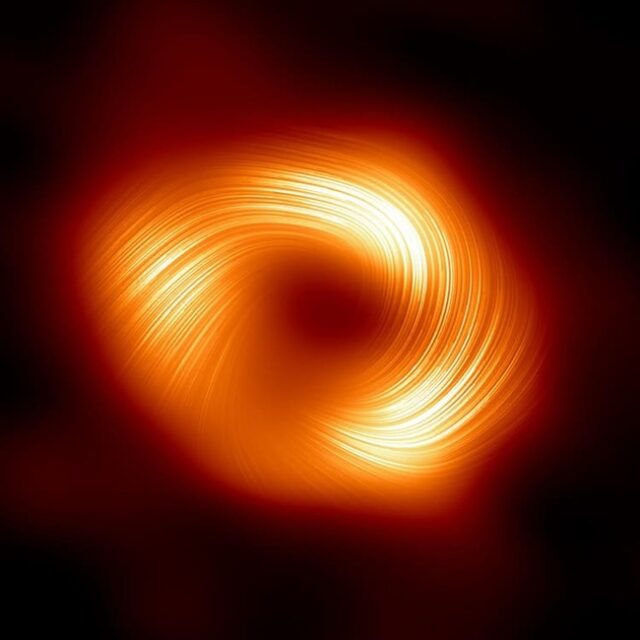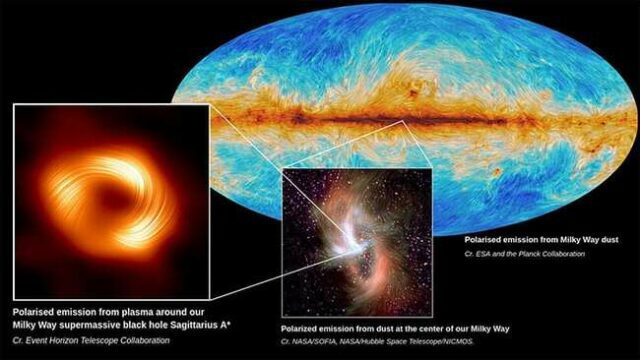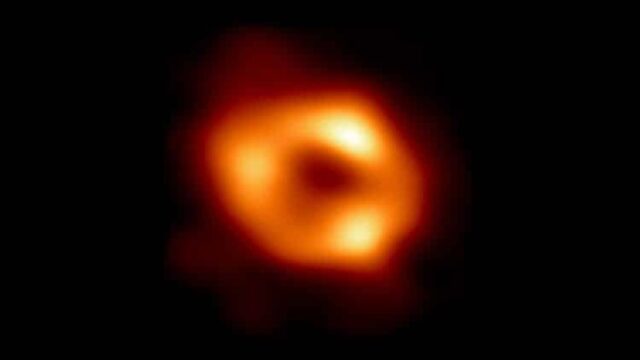
The recent polarized image of Sagittarius A*, our local black hole, captured by the Event Horizon Telescope Collaboration, unveils a captivating insight into the enigmatic nature of these cosmic behemoths. Revealing a spiraling magnetic field, the image offers a glimpse into the intricate workings at the heart of the Milky Way. This milestone in astrophysical observation not only brings us closer to comprehending the mechanics of black holes but also sheds light on the formation and evolution of galaxies. The striking resemblance between the magnetic fields of Sagittarius A* and M 87* underscores a fundamental similarity in the governing principles of black holes, despite their contrasting sizes and environments. This discovery hints at the presence of a jet emanating from Sagittarius A*, reshaping our understanding of the Milky Way’s cosmic history and the role of black holes in shaping the cosmos.

As technological innovations continue to bolster the capabilities of the Event Horizon Telescope Collaboration, the pursuit of unraveling the mysteries of black holes intensifies. Through a global effort, telescopes spanning the planet collaborate to form an Earth-sized observatory, pushing the boundaries of our observational prowess. With aspirations of capturing multicolored views and high-fidelity footage of event horizons, alongside the prospect of integrating space-based telescopes into the observational network, the horizon of discovery beckons. In this quest for knowledge, transcending national borders, humanity converges in its endeavor to fathom the cosmos, acknowledging that even the most formidable cosmic entities, like black holes, yield to the collective curiosity of humanity.

















